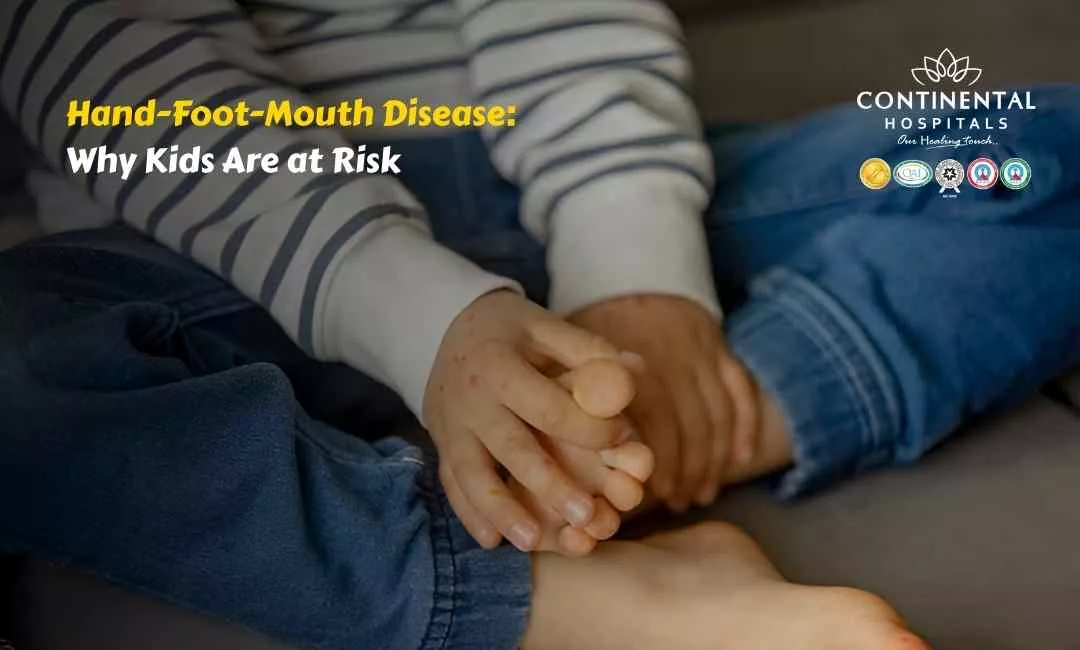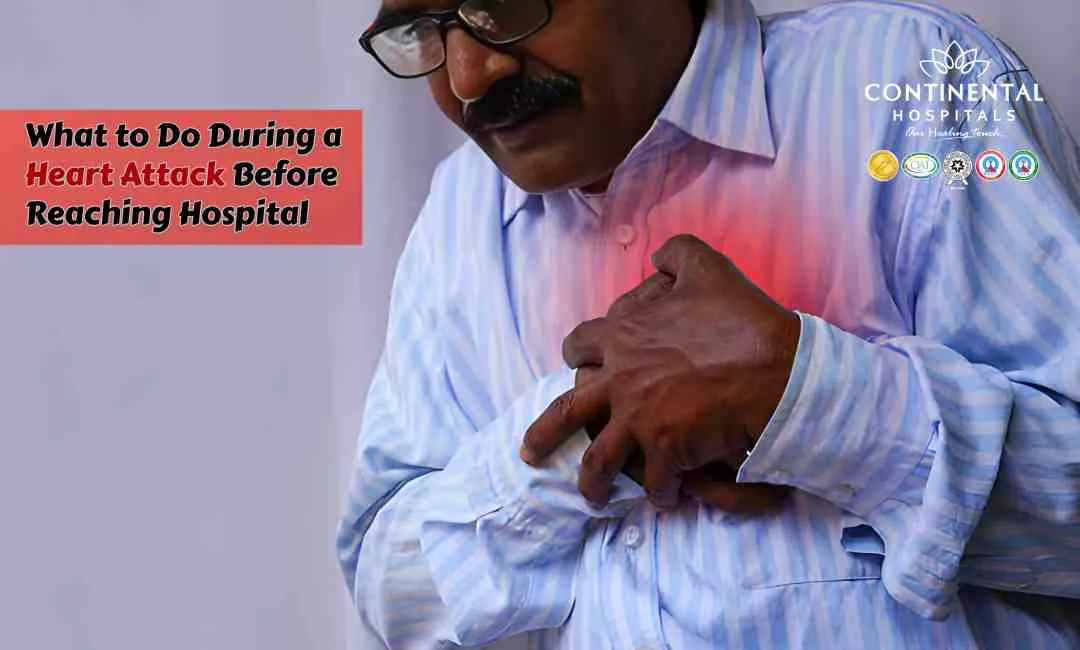Hand-Foot-Mouth Disease (HFMD) is one of the most common viral infections seen in children. Parents often worry when their child suddenly develops a fever, mouth sores, and rashes on the hands and feet. While it usually sounds scarier than it is, HFMD can still cause a lot of discomfort for children and stress for families. Let’s break down what this condition really is, why kids are more at risk, and what parents can do to manage it safely.
What is Hand-Foot-Mouth Disease?
Hand-Foot-Mouth Disease is a contagious illness caused mainly by coxsackievirus, a type of enterovirus. It gets its name from the typical spots and rashes that appear on a child’s hands, feet, and inside the mouth. Sometimes the rash can also appear on the buttocks, legs, or arms.
This condition spreads easily in schools, daycare centers, and playgrounds where children are in close contact with one another. While adults can also get HFMD, it is much more common in children below the age of 10.
Why Are Kids More at Risk?
Children are naturally more vulnerable to HFMD for several reasons:
🥗 Healthy Plate Challenge
🍽 Add Your Favorite Dish
Pick Your 6 favorite foods, eat, and see the results.Drag & drop foods onto your plate.
Drop Food Here
Weaker immunity compared to adults – Since their immune systems are still developing, children have a harder time fighting off viruses.
Close contact with other kids – Sharing toys, playing together, or touching the same surfaces allows the virus to spread quickly.
Poor hand hygiene – Young children often forget to wash hands after playing or before eating, which increases their chances of catching the infection.
Airborne spread in classrooms – Coughing, sneezing, or even talking can release viral droplets that another child can easily inhale.
Seasonal outbreaks – HFMD tends to occur more often during warm months when kids are actively outdoors and interacting more.
How Does HFMD Spread?
The virus spreads through:
- Saliva or nasal secretions when an infected child sneezes or coughs
- Direct contact with fluid from blisters or rashes
- Contaminated toys, doorknobs, or other shared surfaces
- Fecal matter, especially during diaper changes
This is why good hygiene and cleanliness are critical in preventing HFMD outbreaks.
Common Symptoms of HFMD
Most parents first notice a sudden fever in their child, followed by:
- Painful mouth ulcers or sores on the tongue, gums, or inside the cheeks
- Red rashes or blisters on the palms, soles, and sometimes on the buttocks
- Loss of appetite due to mouth pain
- Irritability, especially in younger children who cannot express their discomfort
- Tiredness and body aches
The illness usually lasts for 7 to 10 days. Most children recover fully without complications, but some may need medical care if symptoms become severe.
When Should Parents Worry?
While HFMD is usually mild, parents should seek medical help if their child develops:
- Very high fever that does not reduce with medicines
- Severe dehydration due to refusal to drink fluids
- Persistent vomiting
- Trouble breathing or swallowing
- Seizures or unusual drowsiness
- Worsening skin blisters that look infected
A doctor’s evaluation ensures that other serious illnesses are ruled out and the child gets proper care.
How is HFMD Treated?
There is no specific cure for HFMD. Since it is caused by a virus, antibiotics do not help. Treatment mainly focuses on easing discomfort until the infection clears on its own. Doctors usually recommend:
- Plenty of fluids to prevent dehydration
- Soft foods that do not irritate the mouth sores
- Pain relievers for fever and sore throat (only under medical advice)
- Mouth rinses or sprays to reduce pain from ulcers
- Rest and isolation until the child is no longer contagious
Children usually recover within a week, but during this period they should be kept away from school or daycare to prevent spreading the virus.
How Can HFMD Be Prevented?
Parents can reduce the risk of HFMD by following simple precautions:
- Teach children to wash hands frequently with soap and water
- Disinfect toys, surfaces, and commonly touched objects regularly
- Avoid sharing cups, utensils, or towels among children
- Keep infected children at home until blisters heal and fever subsides
- Cover mouth and nose while sneezing or coughing
- Encourage children to drink enough fluids to stay healthy and hydrated
Good hygiene is the strongest shield against HFMD.
Myths About Hand-Foot-Mouth Disease
There are several misconceptions that confuse parents. Let’s clear them up:
Myth 1: Only children get HFMD.
Adults can also get HFMD, though symptoms are usually milder.
Myth 2: It only spreads through touch.
HFMD can also spread through coughing, sneezing, and even contaminated food.
Myth 3: Scars remain after recovery.
The rashes and blisters usually heal completely without leaving marks.
Myth 4: There is a vaccine for HFMD.
Currently, there is no vaccine available. Prevention through hygiene is the best protection.
Why Choose Continental Hospitals for Pediatric Care?
At Continental Hospitals, we understand the anxiety parents face when their child falls sick. Our pediatric specialists are trained to identify, manage, and treat viral illnesses like Hand-Foot-Mouth Disease with the utmost care.
Here is why families trust Continental Hospitals:
- Expert pediatricians with years of experience in childhood infections
- Child-friendly care that ensures comfort during treatment
- Advanced diagnostic support to rule out complications
- A hygienic and safe hospital environment to prevent further infections
- 24/7 emergency support for urgent pediatric care
Our goal is to make sure your child not only recovers quickly but also receives the highest level of medical care in a safe and supportive environment.
Conclusion
Hand-Foot-Mouth Disease may be common, but understanding its symptoms, causes, and preventive steps can make a huge difference in how your child recovers. While most cases are mild, it is important to watch for warning signs and consult a doctor when needed.
If your child is showing symptoms of HFMD or any other pediatric infection, consult our best pediatric specialists at Continental Hospitals.
.webp)














